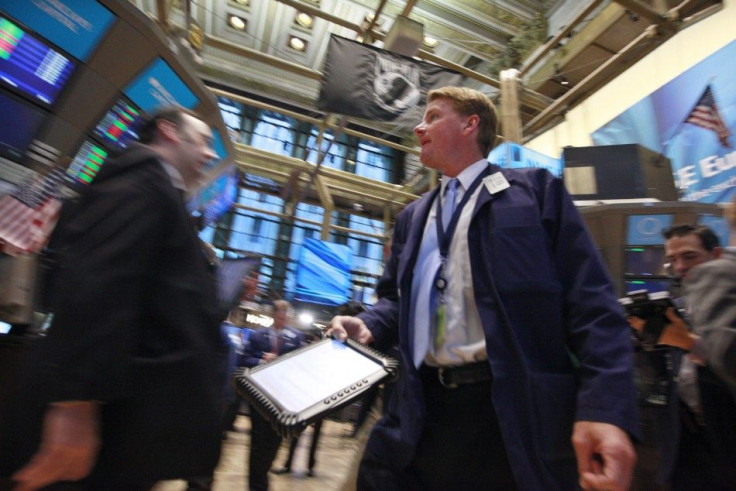Four Things That Could Lift The Dow Jones Industrial Average Even Higher

The Dow Jones Industrial Average (DJI: DJI) gained another 53.51 points, or 0.40 percent, on Friday to close at 13,593.37, the highest level in nearly five years. Recent aggressive efforts in the U.S. and euro zone have cheered investors, but many uncertainties remain. Here are four factors that could make -- or break -- the Dow's continued ascent.
QE3
The Federal Reserve's commitment on Thursday to buy at least $40 billion in mortgage-backed securities each month has been the primary boost to the Dow this week. This third round of quantitative easing, or QE3, has no firm end date, allowing the Fed to continue to boost the economy indefinitely. The Fed also pledged to keep extremely low interest rates through 2015, with the hope that they will encourage borrowing and additional consumer spending. It remains to be seen whether the boost will be enough to make a dent in the stubbornly high unemployment rate.
European Central Bank
Last week, Mario Draghi, president of the European Central Bank, said it would buy the debt of troubled euro-zone countries without limits. He credited the move for boosting investor confidence. "The announcement of the facility has contributed to raising confidence in the euro area, and in the euro across the world," Draghi said in an article by Germany's Sueddeutsche Zeitung cited in a Dow Jones Newswires story on Friday. But one stipulation is that countries that participate in the program must submit to various regulations, which could discourage some of the countries.
Third-Quarter Earnings
Next month, many of the 30 companies that make up the Dow Jones Industrial Average will begin reporting third-quarter earnings, which will lead to immediate reprecussions in the stock market. Second-quarter results "left much to be desired from the fundamental perspective," according to the High Grade Strategy Team at Citigroup Inc. (NYSE: C) quoted by Bondsquawk. Although many companies were able to report solid profit margins, revenue was generally anemic. U.S. companies preannouncing weaker expectations are also occurring at the fastest pace in the last decade, Societe Generale (NYSE Euronext Paris: GLE) reported. If enough companies in the Dow miss forecasts, the whole index could slip into the red.
China's Economy
China is a major market for many of the component companies in the Dow Jones Industrial Average, and its performance in the next few quarters will have a significant impact on the index. The world's second-largest economy saw growth in gross domestic product fall to 7.6 percent in the second quarter, a three-year low, as its real-estate market cooled. Premier Wen Jiabao said the government saw "greater priority to stabilizing growth" on Tuesday at the World Economic Forum in Tianjin, China. It could also use some of its budget surplus of about 1 trillion yuan ($158 billion) and its reserve fund of about 100 billion yuan ($15.8 billion) to boost the economy as needed, said Wen. Pimco expects China's GDP to expand by about 7 percent next year and at a similar rate in future years.
© Copyright IBTimes 2025. All rights reserved.





















